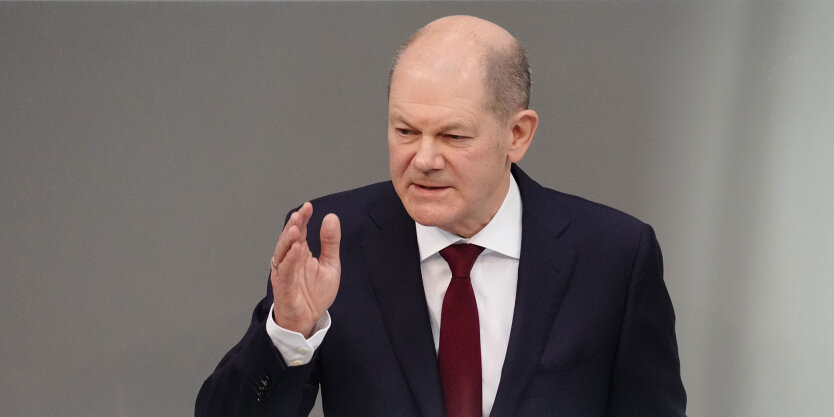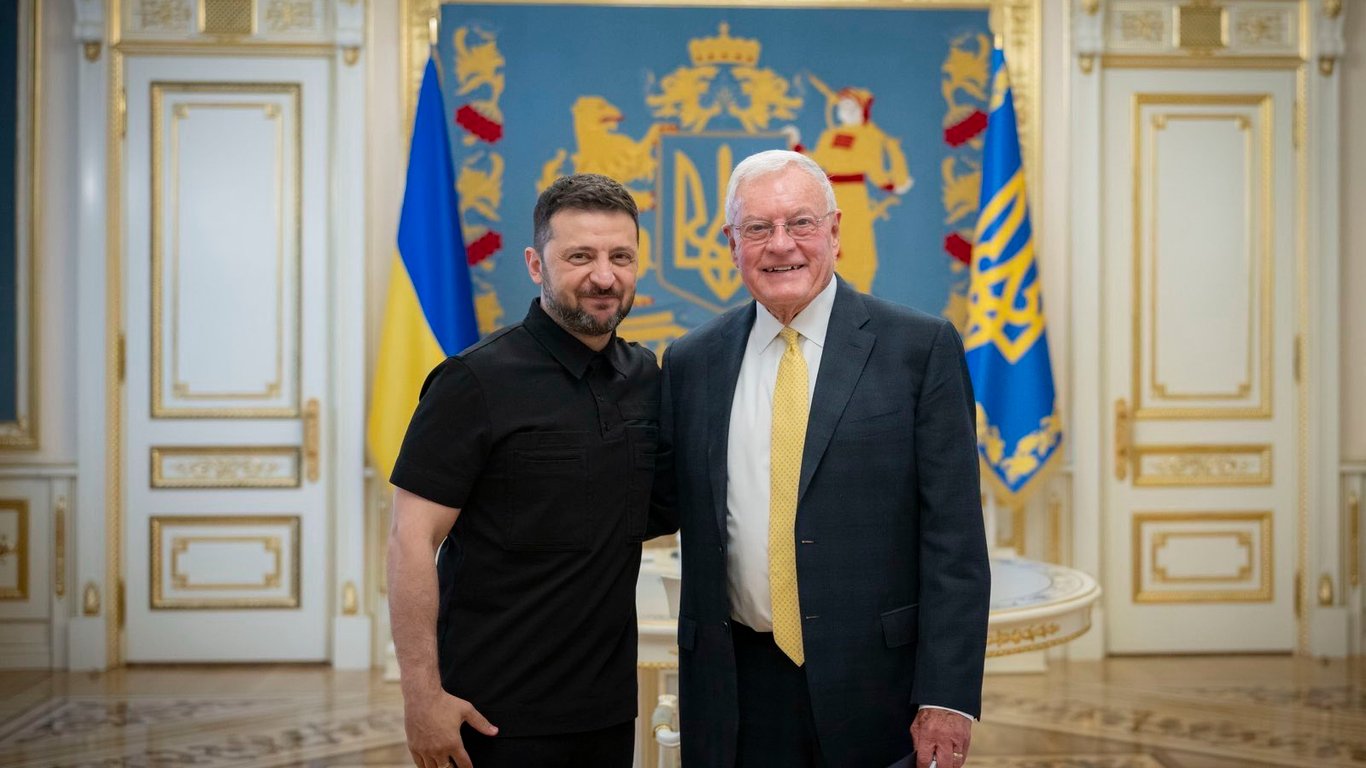Scholz is losing German support due to his unsatisfactory assistance to Ukraine - research.


Only 10% of German voters are satisfied with their government's response to Russia's invasion of Ukraine. This was reported by The Times correspondent Oliver Moody. According to the report, published in the context of growing doubts about the duration of the ruling coalition in power, many Germans are dissatisfied with the actions of their government. It is worth noting that Germany is one of the largest sponsors of military and financial aid to Ukraine, providing it with weapons worth more than 18 billion euros. However, there are concerns that the assistance may be cut. The neglect of European security compliance is noted by the reported action of Finance Minister Christian Lindner to reduce support for Ukraine. According to Benjamin Tallis, director of the think tank "Democratic Strategy Initiative," German Vice-Chancellor Olaf Scholz is currently trying to use state elections to force Ukraine into negotiations and possibly further reduce support.
According to the study, only 11% of Germans are satisfied with their government's assistance to Ukraine, while 67% express dissatisfaction. The study also showed that 32% of respondents want the EU to provide Ukraine with "significantly stronger" support, while 41% are opposed. In addition, 68% expressed concern about the possibility of Germany becoming involved in an armed conflict in Europe in the coming years, especially supporters of the Alternative for Germany party.
Source: ZN.UA
Read also
- Zelensky held a conversation with the NATO Secretary General - details
- Zelensky talked to Trump - details of the conversation
- The Prosecutor General reported mass exposures of officials in Kyiv
- Kellogg revealed the details of the negotiations with Zelensky in Kyiv
- Not only Patriot - CNN names what other weapons the US may provide
- Zelensky met with the head of the Danish Ministry of Defense - what they talked about








